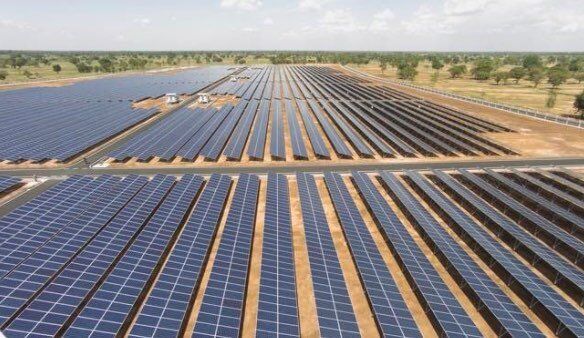Some of Australia’s key solar farms and wind projects have been hit by yet more transmission downgrades, while some have won a reprieve, in the latest draft inter-regional marginal loss factor calculations published by the Australian Energy Market Operator.
The draft MLFs for 2020-21 – published just days after the market rule-maker, the Australian Energy Market Commission, rejected investor and developer pleas to change the MLF to a more predictable “average loss factor” – features heavy penalties for some of the solar farms already hamstrung by grid constraints and “system strength” issues in north-west Victoria and south-west NSW.
Among the worst hit is the New South Wales 52MW Broken Hill solar farm, which has gone from a rating of 97.89 back in 2018, to 0.75 in 2019, and down again to a recommended 0.70 this year – meaning just 70 per cent of its output will be credited for revenue.
Also in NSW, the massive nearly 350MW Limondale solar farm is in line to get a significant de-rating from 0.78 last year to 0.70 this year, while the Gunning and Cullerin Range wind farms are in line to get cut from 0.97 to a possible 0.93 in 2020/21.
MLFs have become a major issue for wind and solar developers and were cited by UK infrastructure giant John Laing to as one of the key drivers of its decision to quit the Australian wind and solar sector in Australia.
In its notes on the draft ratings, AEMO said MLF changes were mainly due to changes in projected power flow over the transmission network.
“As more generation is connected to electrically weak areas of the network that are remote from the regional reference node, then the MLFs in these areas will continue to decline,” the market operator said.
